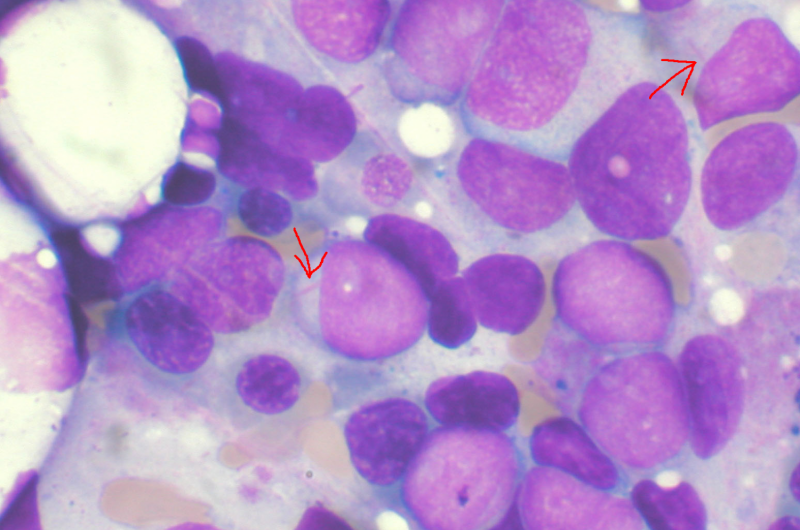Home » Health News »
Mechanism explaining how cancer cells turn into normal harmless cells discovered

New research describes how highly proliferative leukemia cells end up becoming normal cells that no longer multiply, by changing the chemical modifications—the so-called epigenetics—of a type of its genetic material: the messenger RNA. The article, published in Leukemia, is authored by Alberto Bueno-Costa, researcher at the group of Dr. Manel Esteller, supervisor of the research and Director of the Josep Carreras Leukaemia Research Institute, ICREA Researcher and Professor at the University of Barcelona.
Cancer is a disease characterized by the transformation of a healthy cell into a malignant one with very different characteristics, such as the ability to divide in an uncontrolled manner. In recent decades, much research has uncovered various molecular alterations responsible for this conversion from healthy to tumor tissue. However, we know little about the opposite process—that is, being able to reverse a cancer cell turning it into a physiological, non-cancerous one, and what factors might mediate this process.
“We know that one strategy that human tumors have to dodge the effectiveness of drugs is to change their appearance, becoming another similar cancer but insensitive to the drug used. For example, leukemias of the lymphoid lineage are switched to the myeloid strain to escape treatment,” explains Dr. Esteller. With this idea in mind, they wanted to know more about the molecular pathways involved in these cellular metamorphoses and studied an in vitro model where leukemia cells can be forced to turn into a type of harmless immune cells called macrophages.
Experimental results showed that the reversal of the malignant cells into macrophages involved a profound change in the chemical changes occurring on their messenger RNAs, the carriers that help proteins formation. In particular, the changes affected the distribution of an epigenetic mark called methylated adenine. This change in the chemical accentuation of these molecules causes instability of the proteins that define the leukemia while favoring the appearance of differentiated proteins characteristic of the normal cell that is being born, the macrophage. This process appears to be controlled by the METTL3 gene, a manufacturer of chemical modifications targeting messenger RNA.
Source: Read Full Article



